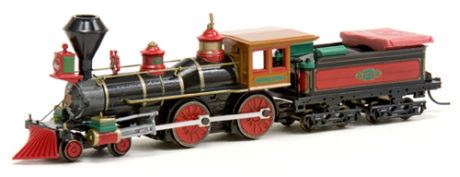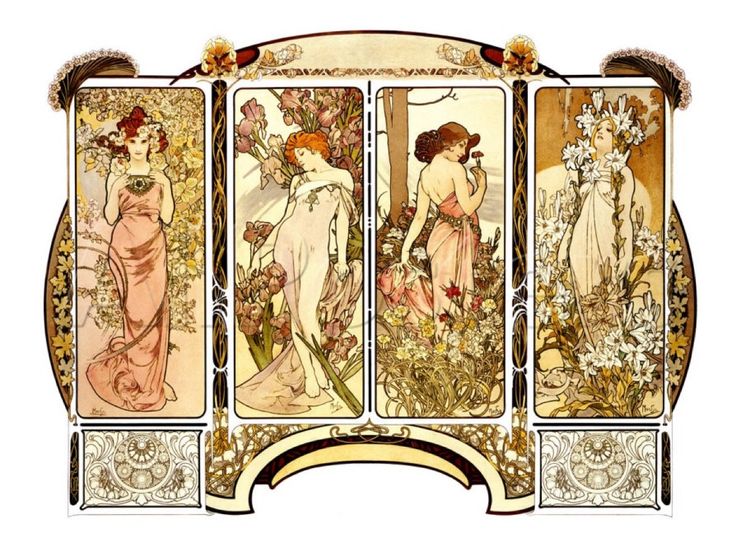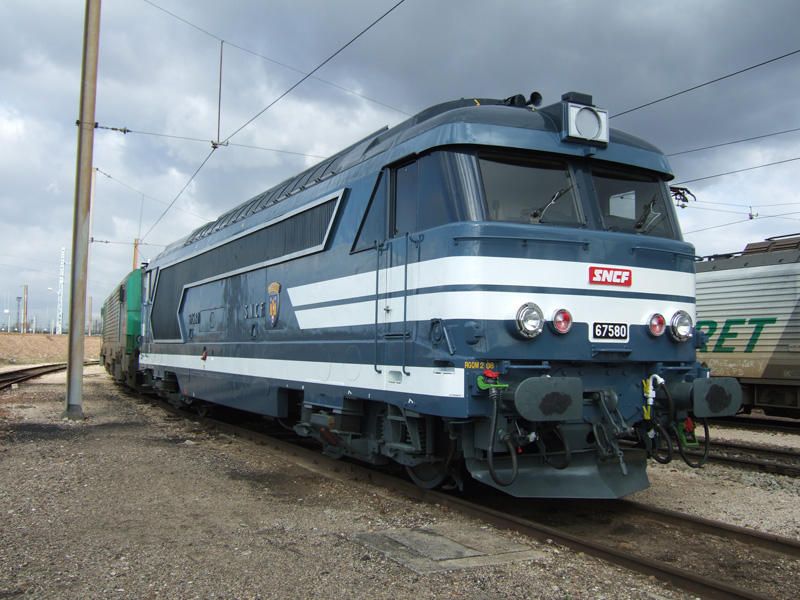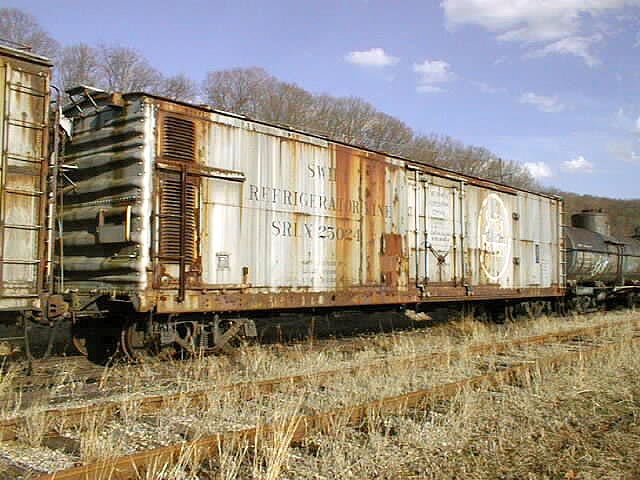Prototype History: The purpose of a mechanical reefer is to keep perishable items cold. Early reefers were of all wood construction and used ice for cooling. By the 1940s, new reefers were being built entirely of steel. Insulating techniques improved to the point where economical refrigeration could be accomplished using steel side plates in place of wood sheathing. Fifty foot mechanical reefers date back to at least the late 50s / early 60s.
The mechanical reefers could keep a more regular temperature, and often times colder than what the ice bunker cars were capable of. Initially mechanical reefers were used primarily in frozen food service. This would soon change as mechanical refrigeration began to replace ice-based systems. Soon after, mechanical refrigeration units replaced the “armies” of personnel required to re-ice the cars.
The first record of a 50' mechanical refrigerator car with a 6' plug door appears in the October 1954 Official Railway Equipment as with reporting marks FGEX 1000 - 1100. The January 1958 Official Railway Equipment Register lists over 600 of these cars. They appear with road numbers between 1000 and 1600. The build dates will fall between these two dates.
They were first acquired for orange juice service out of Florida. Similar cars were owned by WFEX and BREX. All were used in pool service with one another, depending upon the season. You can find a remaining prototype preserved in the NC Transportation Museum in Spencer, NC.
The mechanical reefers could keep a more regular temperature, and often times colder than what the ice bunker cars were capable of. Initially mechanical reefers were used primarily in frozen food service. This would soon change as mechanical refrigeration began to replace ice-based systems. Soon after, mechanical refrigeration units replaced the “armies” of personnel required to re-ice the cars.
The first record of a 50' mechanical refrigerator car with a 6' plug door appears in the October 1954 Official Railway Equipment as with reporting marks FGEX 1000 - 1100. The January 1958 Official Railway Equipment Register lists over 600 of these cars. They appear with road numbers between 1000 and 1600. The build dates will fall between these two dates.
They were first acquired for orange juice service out of Florida. Similar cars were owned by WFEX and BREX. All were used in pool service with one another, depending upon the season. You can find a remaining prototype preserved in the NC Transportation Museum in Spencer, NC.
Road Name History:  The Armour Refrigerator Line (ARL, one of the Armour Car Lines) was a private refrigerator car line established in 1883 by Chicago meat packer Philip Armour, the founder of Armour and Company.
The Armour Refrigerator Line (ARL, one of the Armour Car Lines) was a private refrigerator car line established in 1883 by Chicago meat packer Philip Armour, the founder of Armour and Company.
To get his products to market, Armour followed the lead of rivals George Hammond and Gustavus Swift when he established the Armour Refrigerator Line in 1883. Armour's endeavor soon became the largest private refrigerator car fleet in America. By 1900, the company listed over 12,000 units on its roster (one-third of all the privately owned cars in the country), all built in Armour's own car plant.
One of the Armour Car Lines' subsidiaries was dedicated to produce hauling. In 1919 the Federal Trade Commission ordered the company's sale for anti-trust reasons. On March 18 of the following year the new entity, to be known as Fruit Growers Express (FGE), would take with it 4,280 pieces of rolling stock, repairs shops at Alexandria, Virginia and Jacksonville, Florida, and numerous ice plants and other facilities scattered throughout the East Coast.
The General American Transportation Corporation assumed ownership of the line in 1932.
From Wikipedia

To get his products to market, Armour followed the lead of rivals George Hammond and Gustavus Swift when he established the Armour Refrigerator Line in 1883. Armour's endeavor soon became the largest private refrigerator car fleet in America. By 1900, the company listed over 12,000 units on its roster (one-third of all the privately owned cars in the country), all built in Armour's own car plant.
One of the Armour Car Lines' subsidiaries was dedicated to produce hauling. In 1919 the Federal Trade Commission ordered the company's sale for anti-trust reasons. On March 18 of the following year the new entity, to be known as Fruit Growers Express (FGE), would take with it 4,280 pieces of rolling stock, repairs shops at Alexandria, Virginia and Jacksonville, Florida, and numerous ice plants and other facilities scattered throughout the East Coast.
The General American Transportation Corporation assumed ownership of the line in 1932.
From Wikipedia
Brand/Importer Information: Con-Cor has been in business since 1962. Many things have changed over time as originally they were a complete manufacturing operation in the USA and at one time had upwards of 45 employees. They not only designed the models,but they also built their own molds, did injection molding, painting, printing and packaging on their models.
Currently, most of their manufacturing has been moved overseas and now they import 90% of their products as totally finished goods, or in finished components. They only do some incidental manufacturing today within the USA.
Important Note: The Con-Cor product numbering can be very confusing. Please see here in the article how to properly enter Con-Cor stock numbers in the TroveStar database.
Currently, most of their manufacturing has been moved overseas and now they import 90% of their products as totally finished goods, or in finished components. They only do some incidental manufacturing today within the USA.
Important Note: The Con-Cor product numbering can be very confusing. Please see here in the article how to properly enter Con-Cor stock numbers in the TroveStar database.
Item created by: gdm on 2017-01-11 10:42:18. Last edited by CNW400 on 2020-06-24 10:20:51
If you see errors or missing data in this entry, please feel free to log in and edit it. Anyone with a Gmail account can log in instantly.
If you see errors or missing data in this entry, please feel free to log in and edit it. Anyone with a Gmail account can log in instantly.










